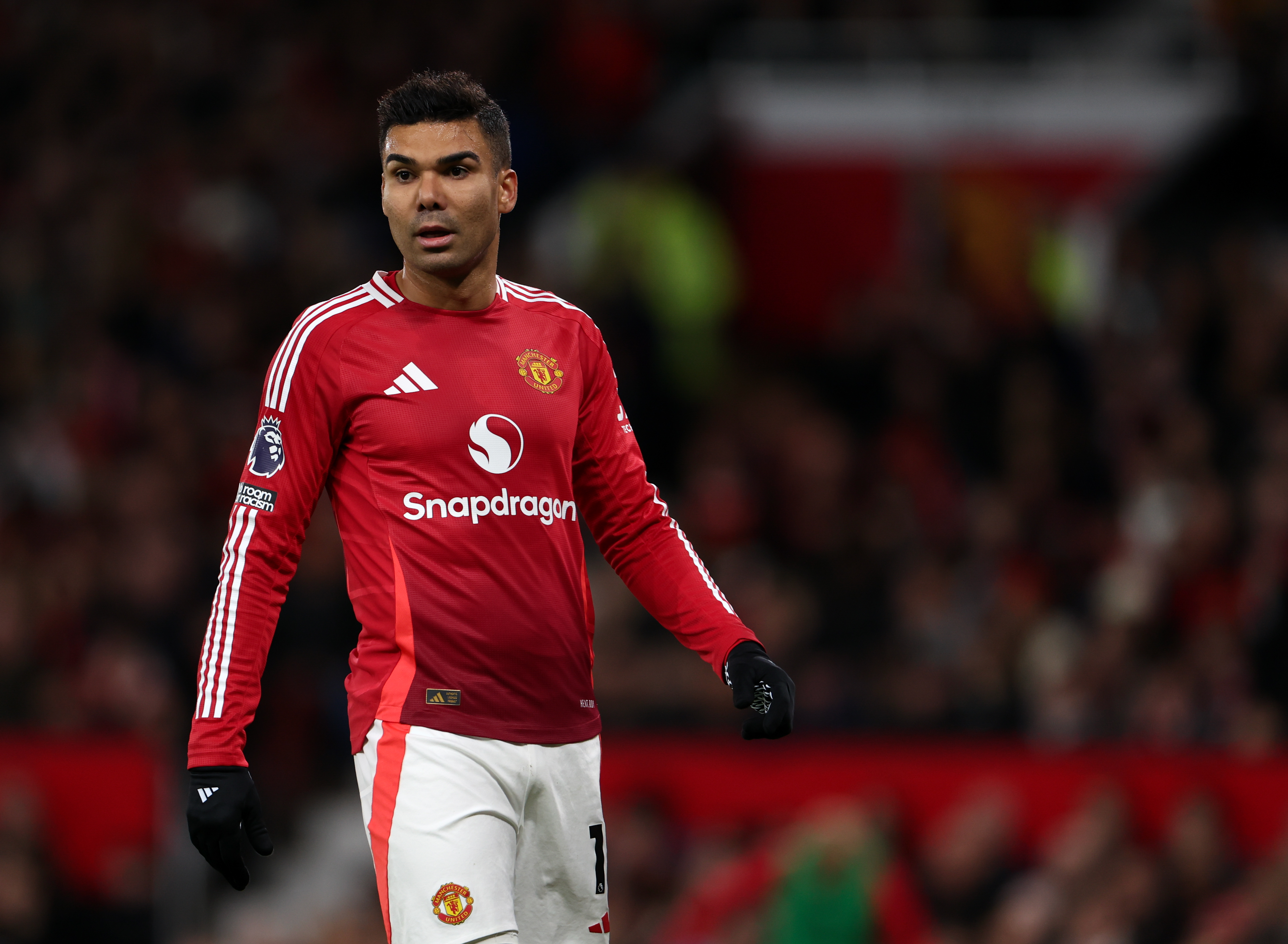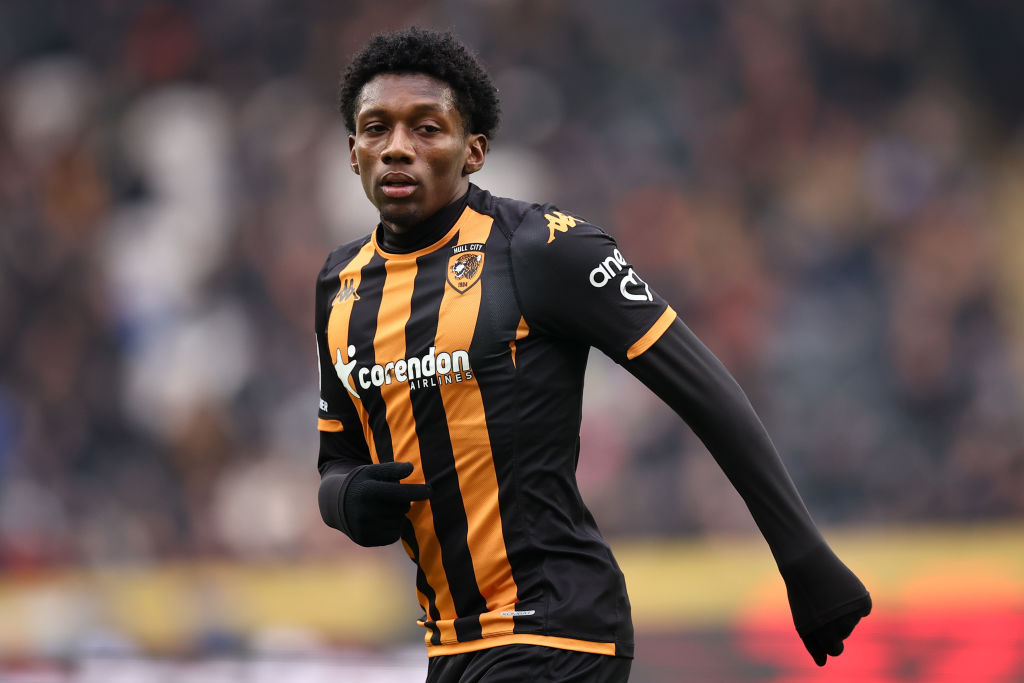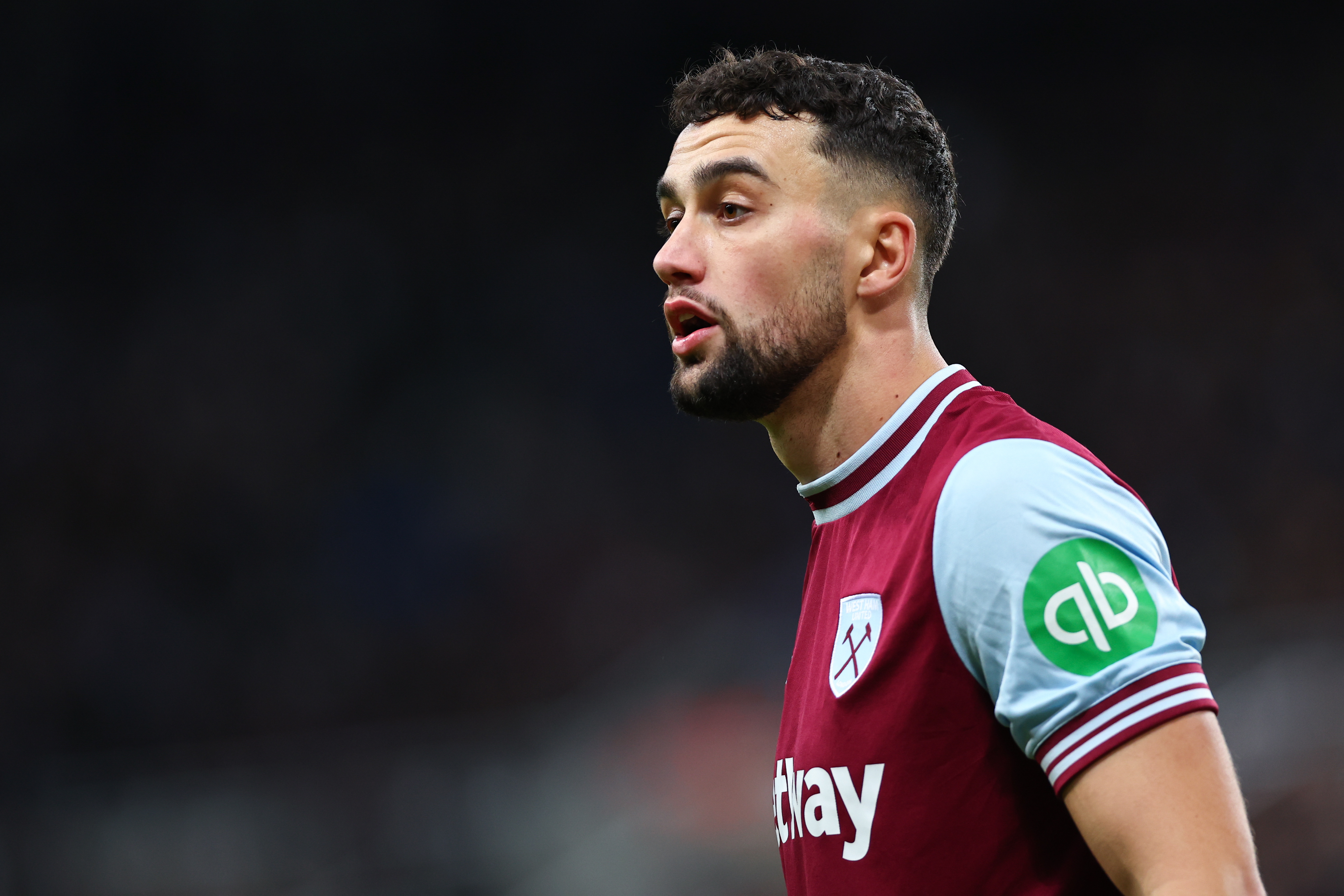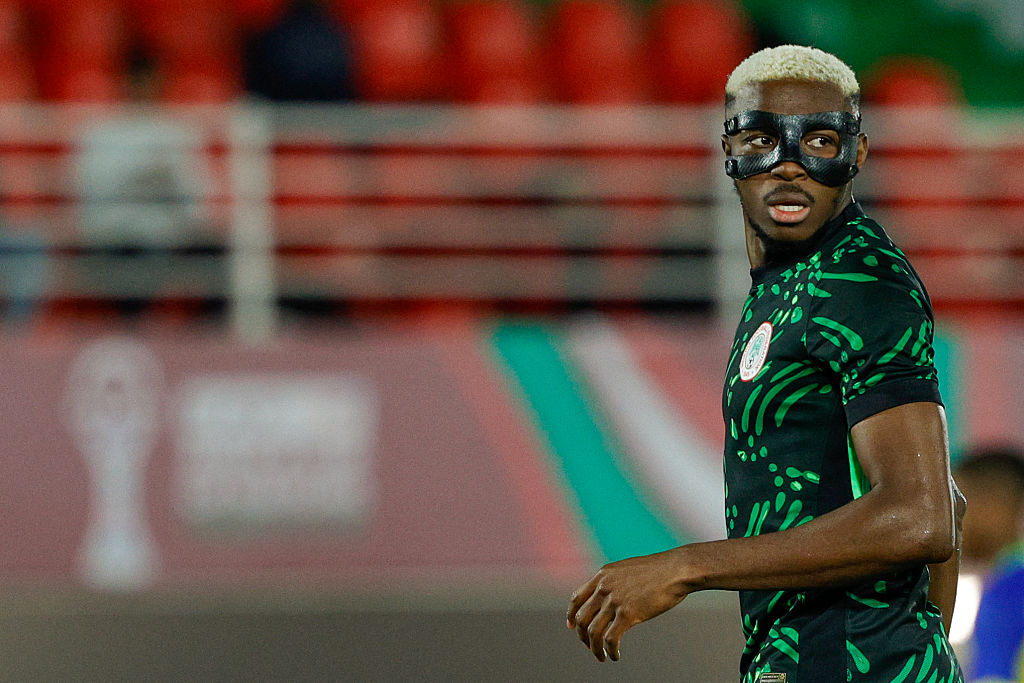What are buy-back clauses? How do they work and major examples
With the January transfer window coming to an end, we've taken a closer look at buy-back clauses

The transfer window is fast approaching its conclusion but there may yet be some big deals to come before it shuts on February 3.
Manchester City look to be bringing Omar Marmoush and Abdukodir Khusanov to the Etihad Stadium whilst Aston Villa have signed Donyell Malen from Borussia Dortmund. However, we are seeing fewer buy-back deals than in recent years.
But how exactly do buy-back clauses work? In simple terms, they are a clause included in a player’s contract that allows the selling club to re-sign them should they impress and develop at their new club.
Why Joao Felix To Chelsea SHOULDN'T Work... But Does
The club buying the player in question may often be reluctant to agree to a buy-back clause, given the possibility that they might then lose out a year or two down the line. In that scenario, a future fee that suits both parties would need to be agreed.
For a selling club, it can be a win-win situation: allowing a player who has presumably struggled for game time and lacked the consistency to leave for pastures new, potentially rediscovering their form, and keeping the option open of a future return.
The buy-back fee is typically higher than the original sale fee and the clause usually comes with some caveats. For example, the buy-back clause might only be activated after two seasons or in certain transfer windows.
The best features, fun and footballing quizzes, straight to your inbox every week.
If a buy-back clause is activated, players are contractually obliged to return to their former club. Occasionally, buying clubs have moved to avoid the possibility of losing a player, paying to remove a buy-back clause.
What is a first-refusal clause?
A first-refusal clause differs from a buy-back clause in that there is no set fee agreed. Instead, the selling club will be notified if the player is available for transfer at a later date, in theory giving them an advantage over other interested clubs.
Importantly, a first-refusal clause is less formal than a buy-back clause but might be deemed more acceptable for the buying club.
Major examples of buy-back clauses

Buy-back clauses are more likely in deals where the selling club are reluctant and the buying club are determined to get their man.
Recent examples of a buy-back clause being triggered include Jaden Philogene's move back to Aston Villa from Hull City last year,. The 22-year-old winger impressed in the Championship, enough for Villa to bring him back.
In previous years, the likes of Alvaro Morata (Juventus to Real Madrid), Gerard Deulofeu (Everton to Barcelona) and Casemiro (Porto to Real Madrid) have all returned to their former clubs.
More often than not, though, buy-back clauses are not exercised. Chelsea have a £68m option to bring Tammy Abraham back to Stamford Bridge, but he remains at Roma. Manchester City, meanwhile, could have signed Douglas Luiz from Villa but he instead joined Juventus.
What is a sell-on clause?

A sell-on clause is easily explained as a fee that is included in a player's sale contract. If said asset moves from one club to another, the selling club can negotiate a sell-on clause if they believe his next transfer will be one that sees him jump in value.
This can be pointed at Max Kilman as his £40million move from Wolves to West Ham in the summer saw Maidenhead United pocked £4million. The National League outfit sold Kilman to Wolves in 2018 for £40,000 and initially confirmed they had a 20% sell-on fee.
The percentage was then changed to 10% with Maidenhead to help his move to West Ham United go ahead. That revenue is likely to help the Magpies in all sorts of ways for at least the next five years.
More transfer stories
Arsenal to replace Eddie Nketiah with proven striker in cut-price deal: report
Manchester United give green light for experienced star to leave before deadline day: report
Liverpool aim to pip rivals to England star as club 'braced' for last-minute bids: report
Callum is a football writer who has had work published by the likes of BBC Sport, the Independent, BT Sport and the Blizzard, amongst various others. A lifelong Wrexham fan, he is hoping Ryan Reynolds can lead his hometown club to the promised land.

